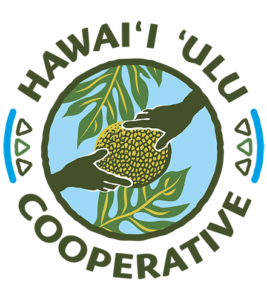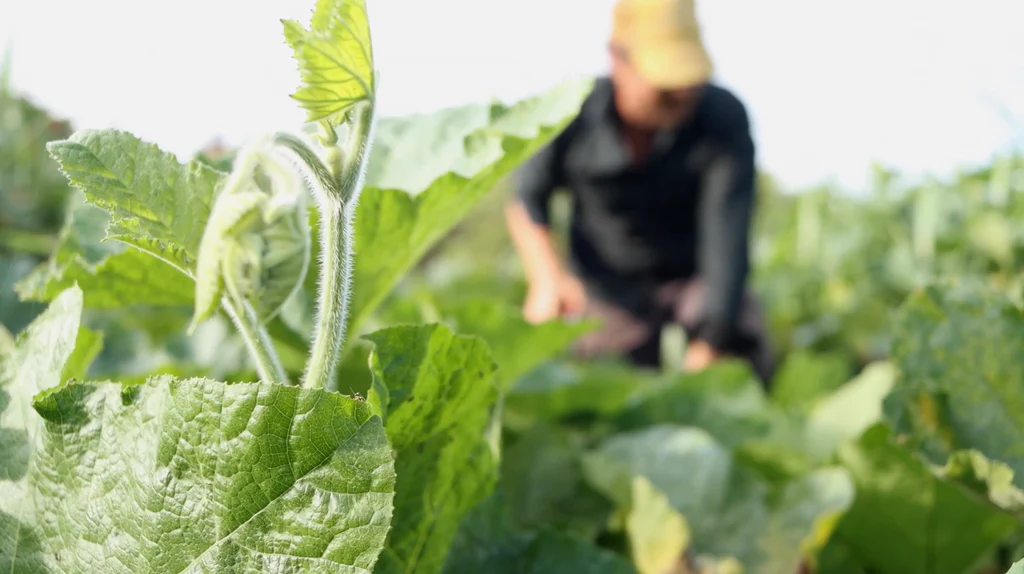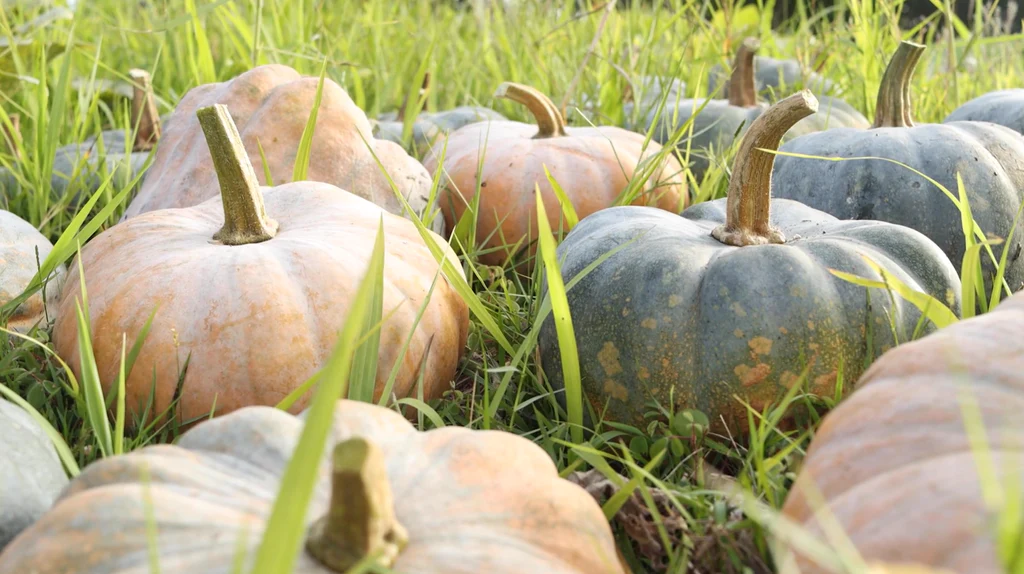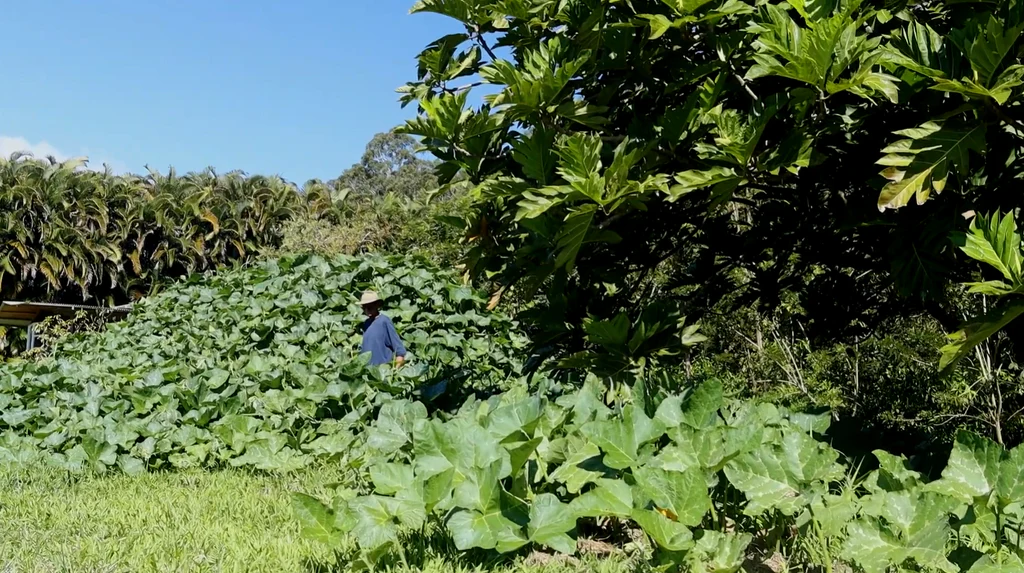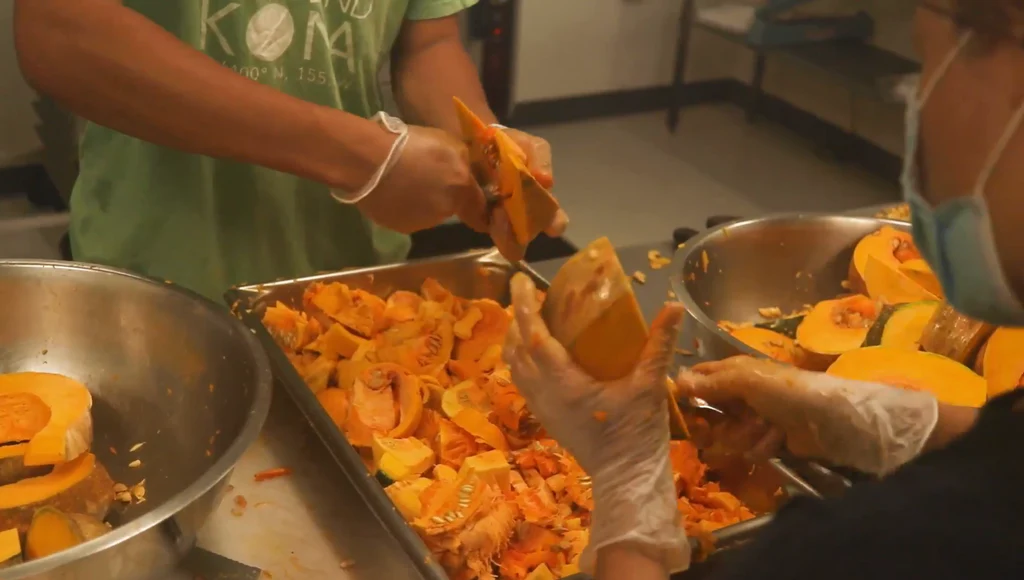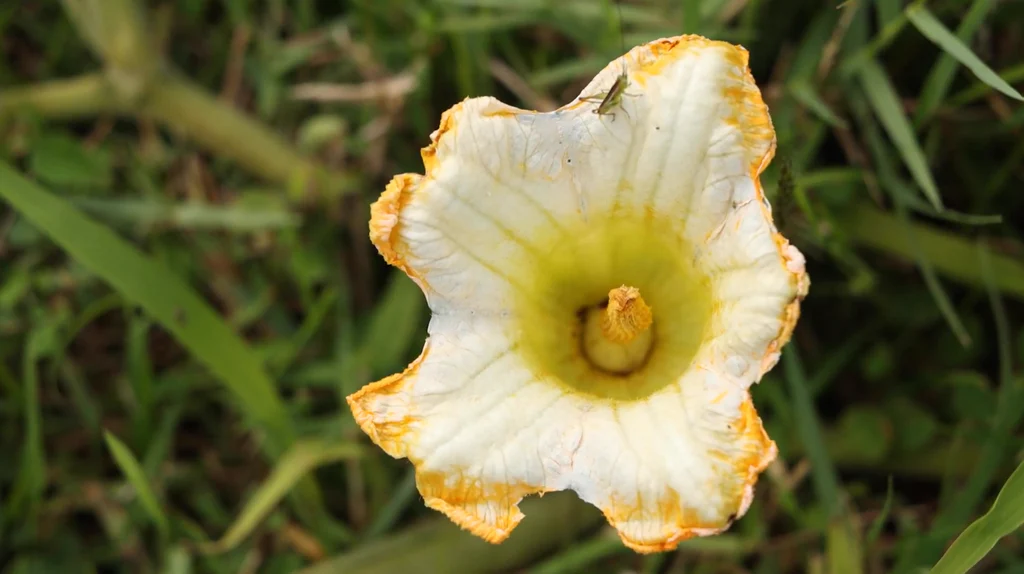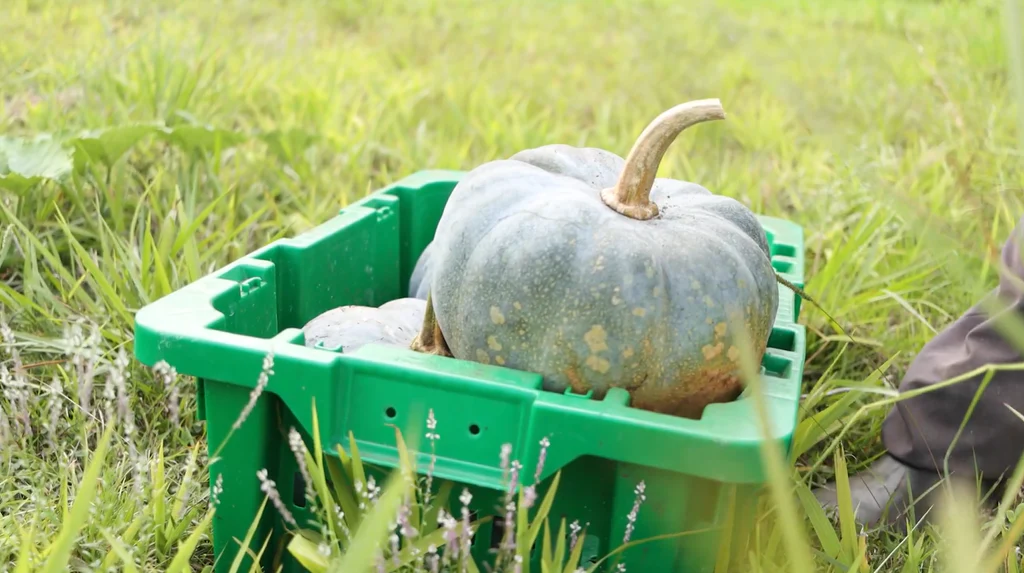Growing Squash in Hawaiʻi
Are you interested in growing pumpkins (winter squash or palaʻai in ʻōlelo Hawaiʻi) on your farm or garden space this coming season? Planting squash in Hawaiʻi is a great idea: Palaʻai is an important crop that can serve as a nutrient-dense famine food thanks to its long shelf life, minimal processing needs, and high beta-carotene and vitamin A content; fortunately, it happens to be super tasty, as well!
Read more in this educational resource to learn about palaʻai varieties in Hawaiʻi, best practices for maintenance and harvesting squash, expected yields, and seed saving and propagation in order to have many successful crops from your pumpkin garden – whether for your own family use or delivery to markets!
Palaʻai Varieties in Hawaiʻi
While palaʻai originates from the Americas, there are numerous varieties that perform well in Hawaiʻi. Kabocha squashes are the most familiar varieties to consumers in the islands and can often be found at farmers markets or grocery stores – there are several varieties to this family of squash. However, Kabocha varieties tend to be both less productive and susceptible to pest or disease infestations. Squash in the moschata families, presenting as large and round with a dark green flesh, are a tougher tropical variety which are less disease-prone than kabocha types, while Pepo varieties do well at higher elevations with variability in shape, color and form and are able to be eaten either mature or immature.
Palaʻai Production: Planting and Maintenance Considerations
Squash grows well in most places in the islands; however, it prefers warmer weather. Here are a few considerations for planting and maintaining your crop:
- Squash prefers a medium textured soil with pH between 6.0-7.0, good drainage, and high organic matter.
- Seeds sown in between late spring and late summer have the best chance of viability, but can be planted in Hawaiʻi year-round.
- Seeds can be planted in rows at a distance of 3-4 feet with individual spacing between plants at roughly 27 inches on average; for best results, sow 1” deep directly into an amended seed bed.
- Irrigation for squash is dependent on the climate of your specific location; keep soil hydrated and note that with onset of fruit, the plants will consume more water.
- General fertilizer such as 10-30-10 can be applied at a rate of 2-3 lbs per 100 square feet of soil – once at planting and another round 4 weeks later.
- A combination of black weed mat cover and hand pulling weeds is effective in larger areas for weed control. Allowing tall grass to grow around squash plants can help in keeping flies off of the fruit.
Palaʻai Seed Saving and Propagation
Saving your seeds from a good quality, healthy variety can save money and ensure future harvests on your land; here are a few tips to successfully save your stock of palaʻai seeds for future plantings, provided to us by Britton Price at GoFarm Hawaiʻi:
- After washing and cleaning the seed stock, float the seeds in a bowl of water. Remove seeds which float to the top – they are most likely not viable.
- Follow the 100% rule: seeds should stay below a combined humidity and temperature of “100”. Example – Air temp is 70°F and humidity is 50%: 70+50=120 → Too high
- Seeds should never go above 90°F and should be slowly dried over the course of 30 days
- Store seeds in an airtight container in a cool place; it is optional to use drying beads for long term storage
Seed can often be found at any retail outlet that sells garden or food seed stocks, including nurseries, garden stores, and even big box stores with garden sections like Home Depot. HUC Members who cannot find seed and are interested in sourcing bulk amounts of locally adapted varieties can reach out by email to our Member Coordinator Kyle at kyle@eatbreadfruit.com to access seeds collected and dried by co-op staff after processing.
Pest and Disease Considerations
Growing squash in Hawaiʻi can often pose challenges with insects and diseases which affect overall plant health and fruit production or quality. In general, some type of control method is necessary to ensure a consistent and productive crop.
Pests that affect palaʻai growers in Hawaiʻi include:
- Aphids
- Cutworm
- Leaf Miner
- Various fruit fly species
- Pickle Worm
- Nematodes
The melon fly is one of the most destructive pests when it comes to overall losses in palaʻai production by growers in Hawaiʻi. A regular spray schedule, such as with a general purpose insecticide, is the best control strategy recommended to prevent the build-up of pests over a long period. Methyl eugenol traps are another way to prevent certain insects – as well as having a resting or “crop-free” period in each planted area to allow pest populations to decline in the absence of a host. An organic option is to use nematode-resistant plants such as sunn hemp, sorghum-sudan, and corn on a rotational planting schedule. Dried sunn hemp can also be purchased and added to the soil as an amendment to combat potential nematode infestation.
Diseases which most commonly challenge palaʻai growers in Hawaiʻi are as follows:
- Damping-off
- Powdery mildew
- Mosaic viruses
Damping-off and nematode prevention are best managed by amending the soil previous to planting. A conventional option is to use a fungicide or nematicide to combat damping-off and nematode infestations, respectively. An organic option is to use nematode-resistant plants such as sunn hemp, sorghum-sudan, and corn on a rotational planting schedule. Dried sunn hemp can also be purchased and added to the soil as an amendment to combat potential nematode infestation. Various mosaic viruses that can affect squash do not have any reliable mitigation strategies other than keeping your planting area isolated from exposure.
Using natural inputs like compost can help to deter both pest and disease incidence by increasing the natural resilience of such defenses as nematode-trapping fungi. A spray schedule with natural foliar compost teas or organic products containing bio-defenses against pests and diseases are another option for organic farmers. Ultimately, the best defense against pests and disease is to control the insects that spread them as well as the weeds and grasses which provide alternate hosts.
Palaʻai Harvesting Considerations
When preparing to harvest your crop, consider the following:
- Squash will produce viable fruit approximately 50-60 days after planting.
- Squash is pollinated by bees and other insects and produces both male and female flowers; it is the female flowers that develop a pumpkin at their base.
- Individual production and lifespan are determined by the vigor of the plant and environmental factors including rain, soil type, and sun exposure.
- Squash produces fruit quickly, so when fruit begins to get ripe, daily or every other day harvesting is generally required.
- Each plant will produce, on average, between 5-8 fruits over the course of its lifetime; plants may fruit for an average of 3-6 months
Squash is easily stored without any immediate processing, refrigeration, or postharvest treatments. Find a counter that needs a beautiful adornment until you are ready to eat or bring the fruit to market!
Additional Palaʻai Resources
Consider these other helpful articles if you are interested in more information about the production, history, culture, and delicious preparation of palaʻai:
- HUC Squash Recipes
- Squash Sustainability and Agroforestry
- Squash Nutrition and Health Benefits
- HUC Farmer Profile: Sweet Treats and Eats
- Growing Winter Squash in the Tropics
- CTAHR Summer Squash Guide
